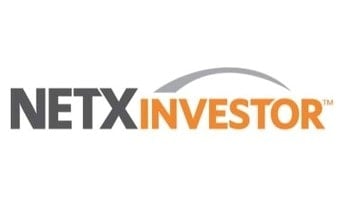In December 2022, Congress passed a new spending bill which also contains many changes to retirement accounts. The changes are extensive, but here is a summary of specific changes that are most likely to impact you.
Change in Required Minimum Distribution (RMD) age
For all pre-tax retirement accounts (traditional—non-Roth—IRAs, 401(k)s, etc.), you are required to start taking minimum distributions from those accounts once you reach a certain age. These distributions count as taxable income because the accounts were funded with pre-tax contributions. Currently, the minimum distributions start at age 72. With the new bill, the minimum distribution age will be:

As you approach these ages, Griffin Black will contact you about making your required distributions.
Roth contributions to employer plans
Some companies offer matching or profit-sharing contributions to their employees’ retirement accounts. Currently, all these employer contributions are pre-tax and not included in your taxable wages. With the new bill, employees can opt to receive these contributions on a Roth (after-tax) basis instead. This means that the contributions will be added to your taxable wages, but future withdrawals during retirement will be tax-free. This option will only be available if your employer updates their retirement plan to include this feature.
Increased catch-up contributions to employer plans
Currently, employees aged 50 and over are allowed to make catch-up contributions to their retirement plan in addition to the standard employee salary deferral. Starting in 2025, the maximum catch-up contribution to 401(k) and 403(b) plans will change to:

This table is based on the 2023 limit, but the values are indexed to inflation, so the actual 2025 limits will likely be higher.
Roth treatment of catch-up contributions
Starting in 2024, catch-up contributions in a company retirement plan must be made to a Roth account if your total wages from that company exceeded $145,000 the previous year. This means that you will not receive a tax deduction for your catch-up contributions if your income is too high, but future withdrawals from the Roth account will be tax-free.
Employer matching for student loan repayments
Starting in 2024, if you are making student loan payments, you may report them to your employer and have them treated as employee salary deferrals for the purpose of receiving employer matching contributions. For example, if your employer typically provides matching contributions equal to 100% of your salary deferrals, you can receive that same match for your student loan payments even though those payments are not going into your retirement account. This option will only be available if your employer adds it to their retirement plan.
Emergency savings accounts
Starting in 2024, employers are allowed to offer emergency savings accounts as part of their retirement plan. The savings accounts will be funded through after-tax salary deferrals and the savings account is limited to a balance of $2,500 or less (depending on the plan). Withdrawals from the savings account are tax-free, penalty-free, and plans must allow at least 1 withdrawal per month. If your employer offers matching contributions, they must also match your deferrals into the emergency savings account. After the maximum amount is reached in the emergency savings account, further contributions will go toward your retirement plan.
Conversion from 529 plan to Roth IRA
Starting in 2024, if you have money in a 529 plan that you cannot use for educational expenses, you may be allowed to rollover that money into a Roth IRA with no taxes or penalties. The Roth IRA must belong to the 529 plan student beneficiary. The 529 plan must be at least 15 years old and the rollover funds must have been held in the 529 plan for at least 5 years. Also, the rollover amount each year is limited to the annual IRA contribution limit and the lifetime rollover amount is limited to $35,000. Despite the restrictions, this eases some of the concerns around having too much money in a 529 plan and not being able to spend it all on education.
Retirement Savings Lost and Found
By 2025, the Department of Labor will implement an online database to help individuals find and claim money from retirement plans they previously participated in.



